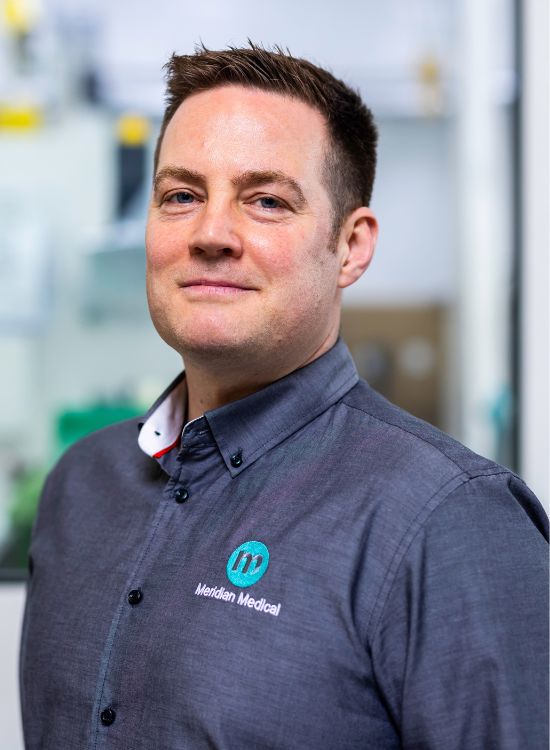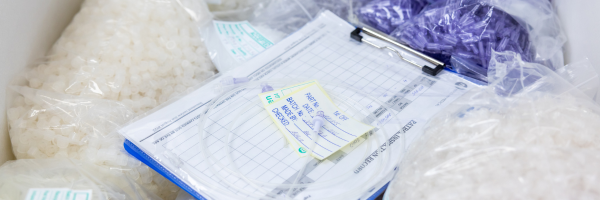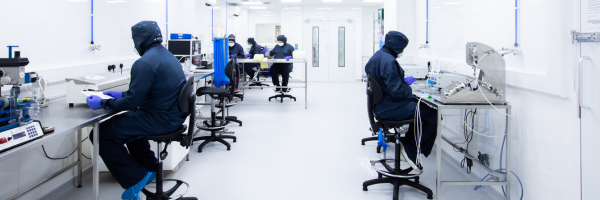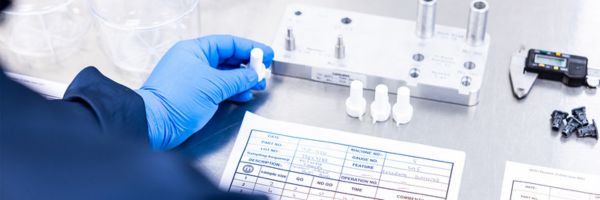
As this year comes to a close, we would like to take a moment to reflect on the major trends and developments that have shaped the medical device manufacturing sector in 2024. This has been a year of evolution, technological innovation, regulatory shifts and turbulent market demands. For companies like Meridian Medical, these factors have presented both challenges and opportunities, underscoring the resilience and adaptability of the sector.
Technological Advancements
Innovation continues to be the driving force behind medical device industry trends. In 2024, technology trends in medical device manufacturing included advancements in additive manufacturing, smart devices and the integration of artificial intelligence (AI) into medical solutions. These innovations are transforming the landscape:
- Additive manufacturing, or 3D printing, has enabled rapid prototyping and the production of custom-fit medical devices, significantly reducing development time.
- AI-driven devices have empowered clinicians with tools that enhance diagnostic accuracy and operational efficiency.
For contract manufacturers like Meridian Medical, these advancements demand a commitment to staying ahead of technological curves. Investing in cutting-edge equipment and upskilling teams to handle advanced production methods have become essential for maintaining competitiveness.
Regulatory Changes
Regulatory updates were another defining aspect of medical device manufacturing industry trends in 2024, with authorities emphasising stricter compliance standards to ensure patient safety and product efficacy. This year, updates to the European Union’s Medical Device Regulation (MDR) management system have been pivotal.
For manufacturers, adapting to these changes required meticulous planning and collaboration. At Meridian Medical, this included a ramping up of customer audits, refining documentation processes, and ensuring all products meet the new and updated standards before reaching the market. The ongoing emphasis on biocompatibility and sterilisation validations has further highlighted the need for robust quality assurance frameworks.
Supply Chain Resilience
Global supply chains continued to face disruptions this year, influenced by lingering effects of the pandemic, geopolitical tensions and material shortages. For the medical device sector, these disruptions highlighted the importance of developing resilient supply chain strategies. Diversification of suppliers, increased focus on local sourcing and strategic inventory management have become even more important.
Meridian Medical has responded to these challenges by strengthening relationships with trusted suppliers and holding additional stocks of critical and long lead time components. We have seen a number of key suppliers have substantial stock outs this year, or decide to cease production completely. This highlights the importance of multi-supplier and material validations. Additionally, as regulatory frameworks change, legacy materials should also be updated to modern versions to ensure uninterrupted supply.
Sustainability and Environmental Responsibility
Environmental sustainability has taken centre stage in manufacturing practices across industries and medical devices are no exception. Stakeholders, including regulators, healthcare providers and end-users, are increasingly demanding sustainable eco-friendly solutions. Aside from the environmental responsibility aspects, steadily rising energy and raw material costs have also forced manufacturers to become lean, reduce energy consumption and minimise scrap wherever possible.
This year, many manufacturers have adopted sustainable practices, such as reducing waste, installing solar panels and exploring the use of biodegradable materials. For Meridian Medical, this has meant refining our production processes and identifying opportunities to reduce our environmental footprint while maintaining product integrity.
Celebrating Successes
Despite the challenges, this year has also been marked by milestones and achievements. For Meridian Medical, one highlight was being recognised as Employer of the Year for the third consecutive time. This achievement reflects our commitment to fostering a positive workplace culture and investing in our team, which is the backbone of our success.
Moreover, progress on innovative projects, two new cleanrooms and updated production equipment, has reinforced our dedication to delivering cutting-edge solutions that improve our production capabilities. These projects exemplify how collaboration, precision, and a focus on quality can lead to groundbreaking advancements.
What’s Next for Medical Device Industry Trends?
Looking ahead to 2025, medical device manufacturing trends promise continued growth. We are excited to be working with a number of new customers who all have innovative new products. We are also in the final stages of securing two new additional premises, which will increase our cleanroom, warehouse and production space.
Reflecting on 2024, the medical device manufacturing industry has demonstrated resilience, adaptability, and a commitment to innovation. By embracing change, fostering collaboration, and maintaining a steadfast commitment to quality, we are well-positioned to continue driving progress and improving lives in the years to come. Here’s to another year of growth, innovation and success.
To find out more about how Meridian Medical can help you with your medical device manufacture, get in touch today by filling out our online form or contacting us on 01903 732344 or info@meridian-medical.com.

Author: James Fenton, Managing Director
James Fenton, Managing Director of Meridian Medical since 2017, has over 20 years of industry experience. He has been pivotal in developing and producing over 500 types of single-use medical devices, including CE-marked class 2 and 3 devices. With a strong focus on business strategy, project management and customer support, James ensures Meridian Medical's agility and innovation. His expertise is backed by qualifications in Business Studies and Medical Process and Equipment Validation, plus extensive industry training. James's insights into the industry that he has dedicated his entire career to provide a bank of invaluable information aimed at increasing knowledge of and driving advancements in medical device manufacturing.



